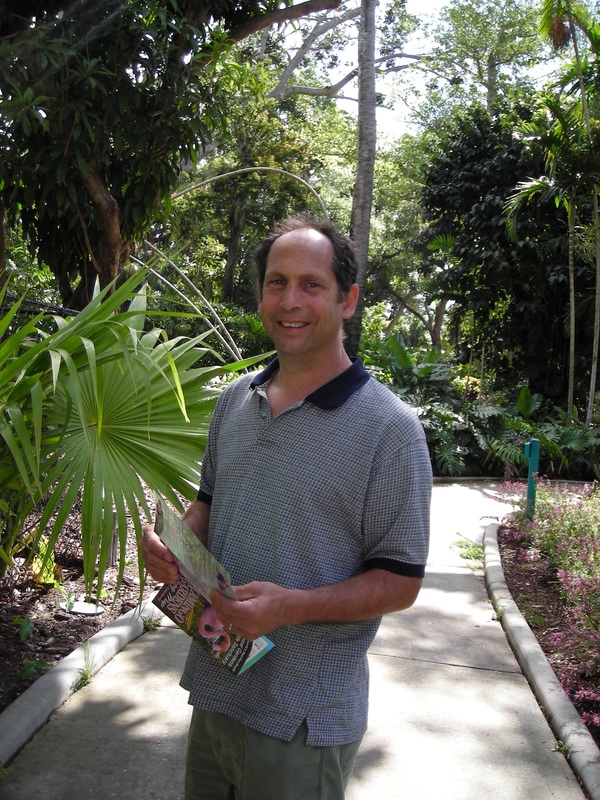we are lost in the darkness of ignorance.
Going further and further astray in the darkness, how can we ever be
free from birth-and-death?
One of the foundational beliefs of Buddhism is that we suffer because of our ignorance. In Zen we might say we suffer because of our ignorance of our true nature. In Mahayana Buddhism in general we say that our ignorance is that we don't understand that all things, including ourselves, are empty. Many people would say that we suffer because of our ego as though the ego is a real thing. But in Buddhism the proper understanding is, that what we think if as the ego is just patterns of ignorant thoughts and resulting emotions, desires, and attachments.
Of course we are ignorant. We are born out of the darkness just trying to figure things as we go along. We are trying to figure out this whole thing, life, death the nature of the Universe as individuals and we are trying to figure it out as a species. Just look at how many answers we have come up with and how often these answers contradict each other. Our ignorance is so profound that we historically have often looked to higher sources for revelation. Though the various religions have supplied supposed revelation these varying revelations have been one of the greatest sources of conflict and suffering between people.
There have also been many people since ancient times who have been trying to figure this whole thing out through the use of their rational intelligence Not so easy. Even when we think we are being rational our intelligence is guided by emotion and assumption. But I have to say that with the advent of the methodology of science we are starting to gain some traction in rationally answering some important questions. But the most important answers, those that answer the deep spiritual questions, are not forthcoming from today's science. In Zen the deep spiritual questions all resolve to a single phrase, "the question of birth and death." Resolving the question of birth and death is to answer our deepest spiritual questions, to understand our place as humans in this Universe. We also say that resolving this question frees us from birth and death.
Buddhism is a rational religion. It is a religion because it has the structure of a religion. It uses ceremony and practices that open us to spiritual emotions as well as to inculcate us with a certain faith. It has temples, monasteries, priests and monks. It functions in society as a religion. But it is also rational because it is based on experience and reason. Buddhism started with an experience, The Buddha's experience of deep zazen - sitting meditation- 2500 years ago. His experience was not a revelation from any god but an experience of our deepest nature as humans. This is an experience, with effort, any human can experience. In the history of Buddhism, in the history of humanity, likely millions of people have had this experience. Actually I believe that all humans have had this experience in some measure but for most it has not entered conscious awareness. The Buddha then starting with that experience developed a rational analysis of the the human condition. Through time other Buddhist thinkers have expanded the Buddha's analysis untill today we have a highly developed doctrine and philosophy. Because of its rationality many people are attracted to Buddhism. But we Buddhist practitioners also discover that this rational analysis is not enough. We must go back to that original experience.
The pull of our individual bodies is so great that it forms the basis for how we think. The pull of the body is so great that for many of us we find it difficult to think about anything other then how we feel in this body. The pull of the body is so great that it is only natural that it forms the core underlying assumption of our thinking, our individuality. This core assumption is the basis for our dualistic thinking. Because of this assumption we divide experience into individual things forming a multitudinous world. Then we put ourselves at the center of this world and on top of that many of us think we are something special with a special enduring quality called a soul. This is our fundamental delusion and it creates thoughts and feelings of separation, aloneness, and fear, especially the fear of death. Being deeply attached to our selves as individuals, thinking I am something special and then knowing that this I is going to die, and just disappear some day is the root of much despair. This is the darkness of ignorance.
Buddhist thinkers for thousands of years have analysed the fundamental delusion of the individual self and the whole dualistic world view it engenders. They have talked and written about the fundamental nature of reality as ever changing deeply interconnected and non-dual. Ideas such as emptiness, the dharma datu ( the interpenetration of all things), and interdependent origination have all been developed to weaken the bonds of our dualistic world view. This is why Buddhism is rational. Yet no matter how intellectually convincing these ideas are they are not quite enough to break our chains and return us to the light. We must return to the Buddha's original enlightenment experience and verify it for ourselves. We must return to the place before any assumptions, before any division, like a baby but not like a baby and see the world through clear eyes, this is Zazen

 RSS Feed
RSS Feed